The new TEN-T regulation outlines a set of novel requirements that 431 European cities are expected to fulfil. These include, among others, the adoption of Sustainable Urban Mobility Plans (SUMP) and the development of multimodal passenger hubs and freight terminals. Fulfilling the ambitions in the new directive poses new challenges and opportunities.
MOVE21, a European innovation project funded by the EU, invites European cities designated as urban nodes in the new TEN-T regulation and mobility professionals to discuss challenges and opportunities associated with passenger transport both within and extending beyond urban nodes. A fundamental question for the conference is: What collaborative efforts are essential along transport corridors to enhance connectivity within and between urban nodes?
Join us for two days of discussions and talks with other European counterparts and experts!
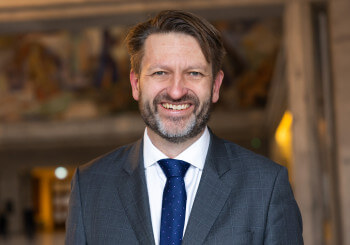
431 European cities are designated as urban nodes in the revised TEN-T regulation. What are the main components of the new regulation and what does it mean to the cities? What are the main identified challenges and opportunities, and which questions remain open as of April 2024?
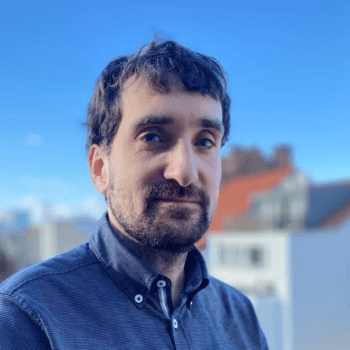


More seamless mobility across urban nodes and between cities and the TEN-T requires collaboration and political will. Multi-level dialogue is key in this endeavor. Which regional and cross-border collaborations are already a reality, and which need further attention? Can TEN-T corridors become a backbone of collaboration across governance levels?




Urban mobility and TEN-T have been two distinct domains with little to no overlap in cities. With the new TEN-T regulation, cities are required to straddle these two domains, and a key tool for this is Sustainable Urban Mobility Plans (SUMPs). The updated TEN-T regulation requires 431 urban nodes in Europe to develop and adopt SUMPs. How do cities combine these two domains?

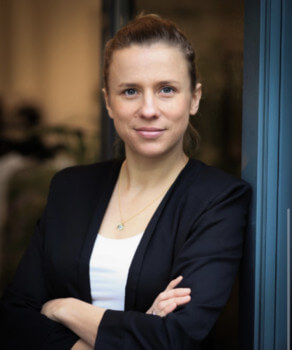

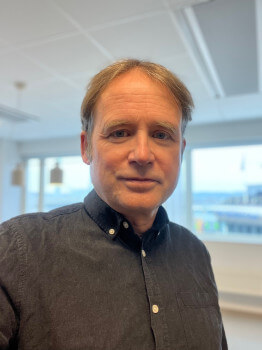
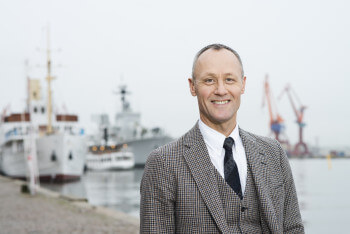
We will discuss enhanced multi-level collaboration and how it can enable more seamless integration of urban nodes within the TEN-T. We will hear about existing initiatives and examples to kickstart the conversation from:

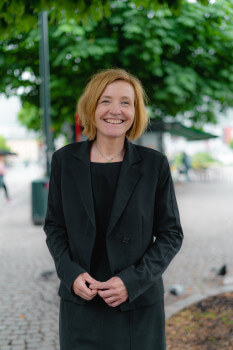

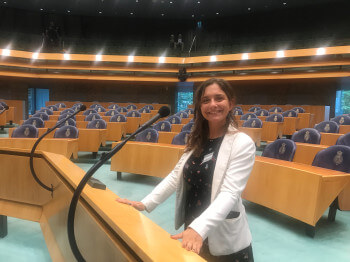

Parallel Sessions
Coherent policies are key to ensure sustainable commuting options. We will explore ways to collaborate across governance levels to ensure commuter policies are implemented in a forwardlooking manner. We will hear from:





What are some of the plans for infrastructure developments and strategic initiatives for cities that seamlessly integrate TEN-T long-distance infrastructure with urban transport systems? Key insights and examples from:

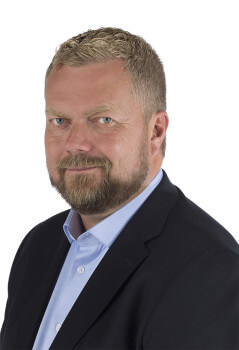

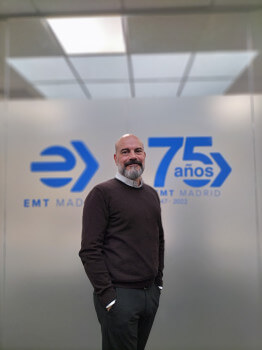
A visit to the first mobility hub established in the Grorud valley area, as part of testing a network of smaller and larger hubs in a suburban area. In addition to offering public transportation and micro- and shared mobility services, the hub is also a demo site for the EU-funded project ULTIMO, in which Oslo is testing the use of autonomous vehicles as part of the public transportation system.
